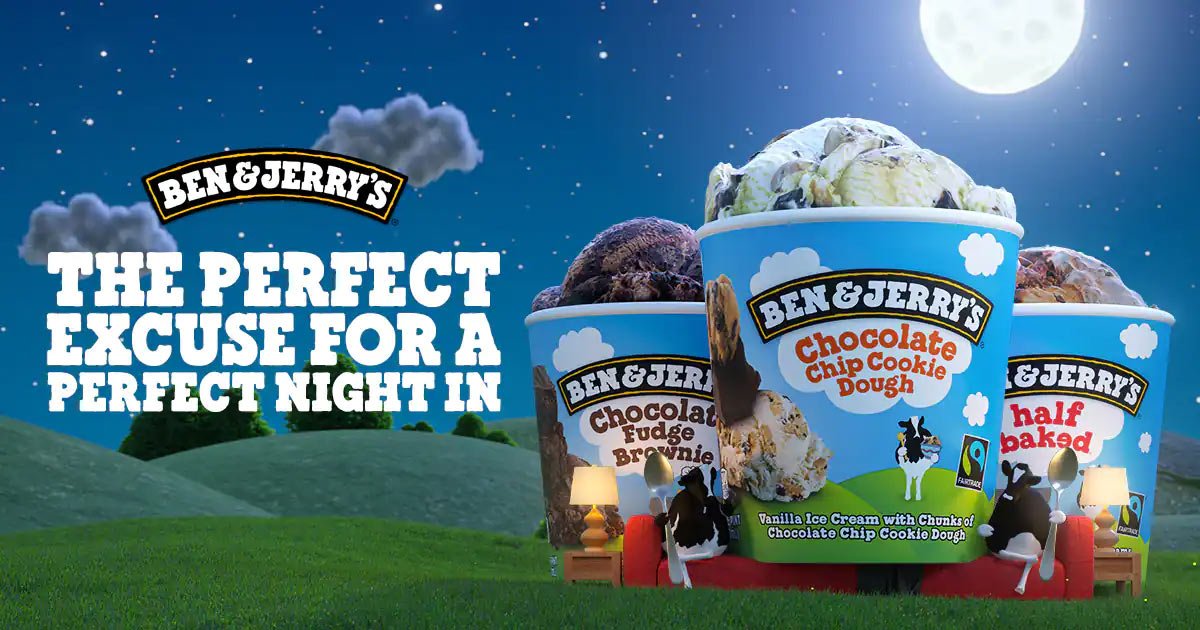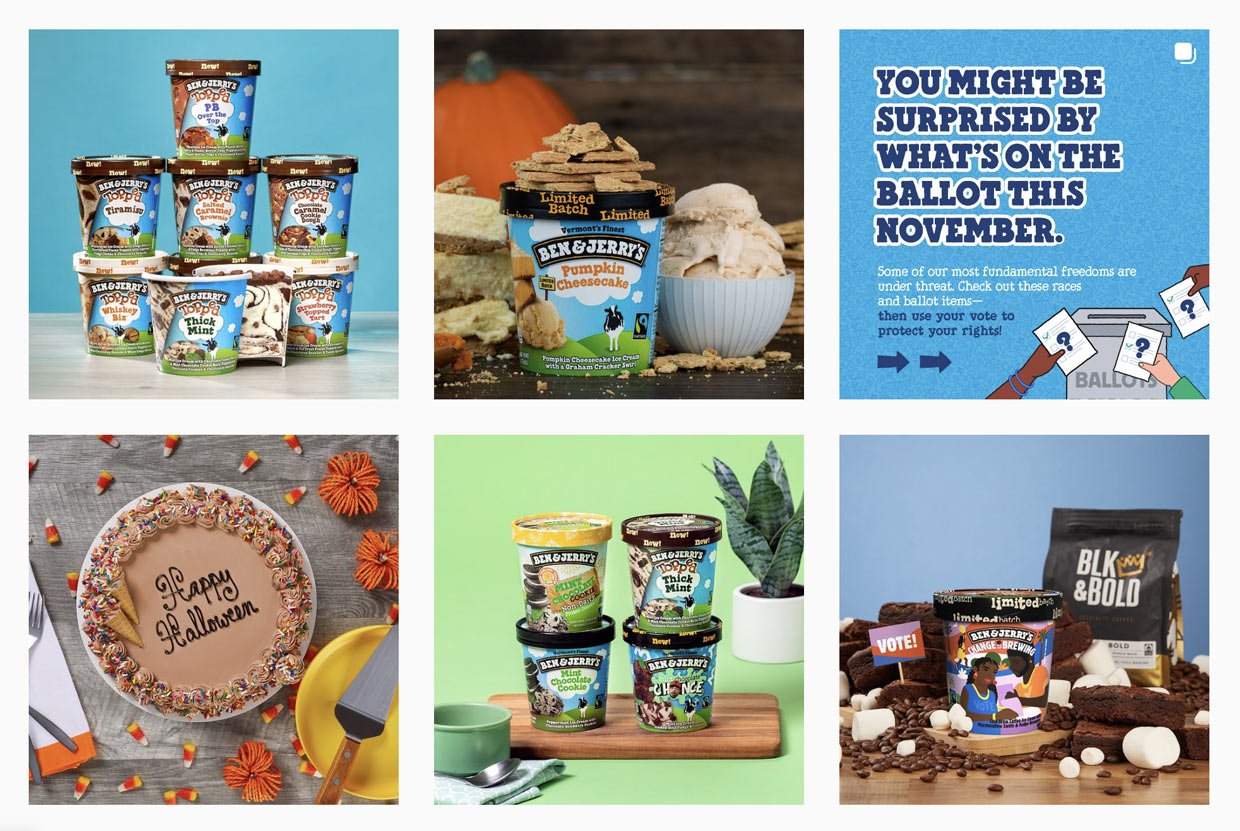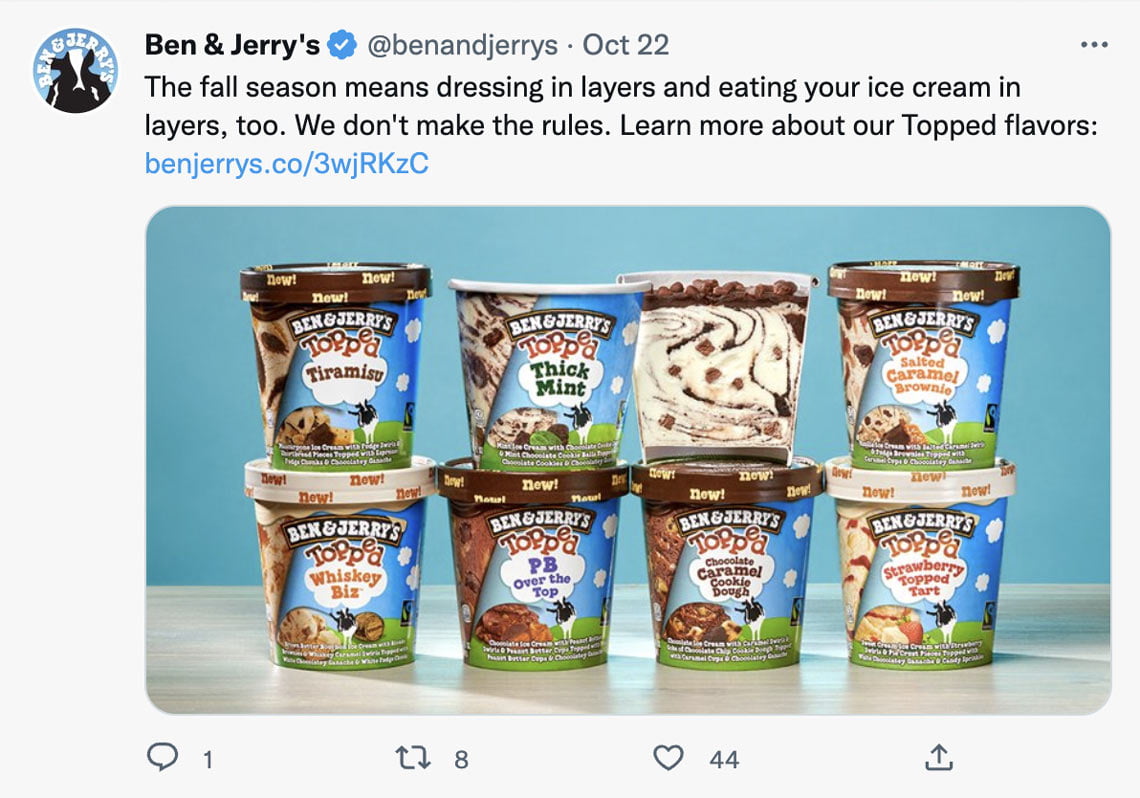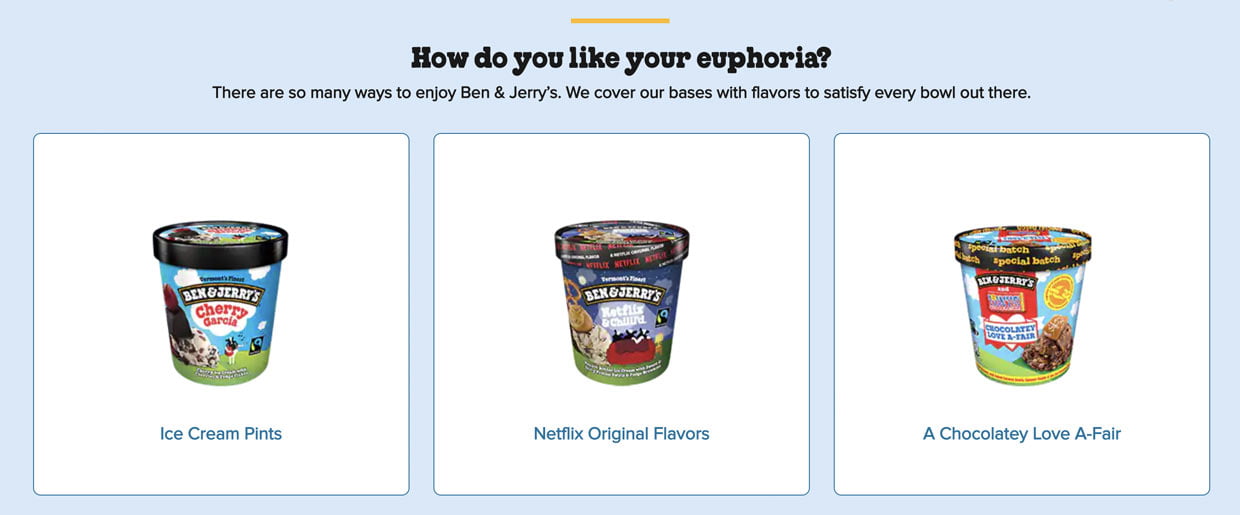Globally around 137K new startups emerge every single day. With all the opportunities laid out for establishing a new business, there’s always someone out there trying to sell the same products or services that you offer. It’s more challenging than ever to differentiate a business from competition.
So what’s the secret sauce for differentiation?
One of the most powerful ways for differentiation is branding your business, or in other words becoming a “brand”.
A brand is what others say about you when you are not in the room.
People only talk about you when you’re a brand. And to become a brand, you need to map a certain perception in your customers’ heads. This unique perception is established over time through building a strong relationship with your customers with consistent brand narrative & visual identity.
Every brand has a personality just like human beings. And this personality represents certain characteristics. Harley Davidson is rebellious, Dove is innocent, Victoria’s Secret is sexy, Ikea is comforting, Coca-Cola is happy.
Brands reflect certain personality attributes through their verbal and visual identity so that people can relate to them on an emotional level.
Harley Davidson is rebellious,
Dove is innocent,
Victoria’s Secret is sexy,
Ikea is comforting,
Coca-Cola is happy.
Brand narrative refers to the way a brand talks to its customers through all touch points. If a brand is a person, the tone of voice is how the brand speaks on its website, ads, social media posts, e-mails, and other customer touchpoints.
Take Ben & Jerry as an example. They created this friendly, casual and easygoing tone of voice, and have been communicating with the same tone of voice on all their channels.

A consistent tone of voice helps people build a relationship with your brand because your customers start thinking of you as a person. And if they like the way you talk, they like you!
Similarly, your visual identity plays a crucial role in making your customers remember you. Your visual identity is everything your customers see when they engage with your brand: your logo, colors, packaging design, website design, store design, etc.
In order to convey this consistent visual identity, you need to create “Branding Guidelines” that lay out the specifics of your brand’s visual world: Your colors, your fonts, the imagery, the type of illustrations and graphic elements you can use.
If we look at the visual identity of Ben & Jerry’s:



Building a brand persona can be challenging for those that don’t have the expertise. It requires a combination of very different skill sets such as strategy, creativity, copywriting and design. If you are at a stage where you’re looking to invest in branding to differentiate yourself from competition, we highly recommend getting professional support from branding experts.
Since you are here, contact the NOA team to see what we can achieve together! We’ll be happy to guide you on your branding journey.